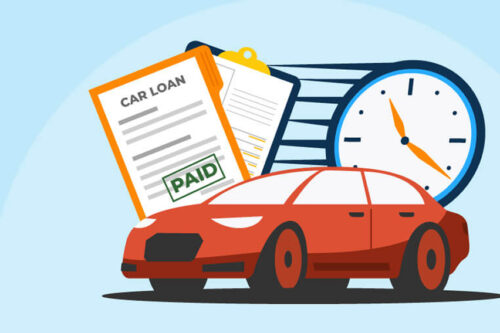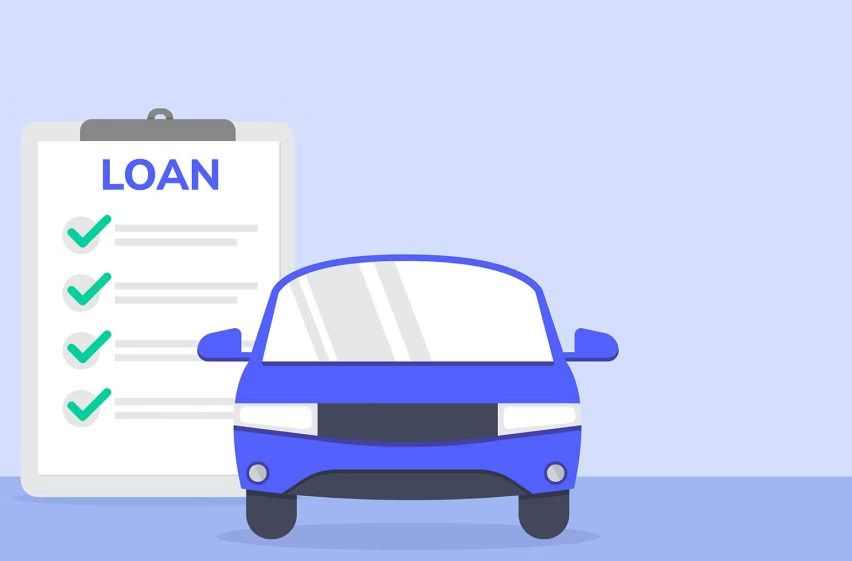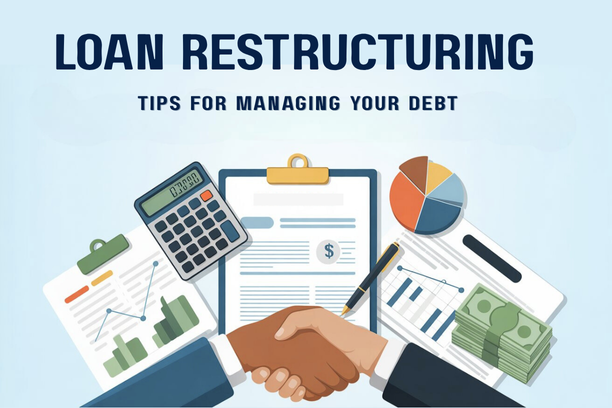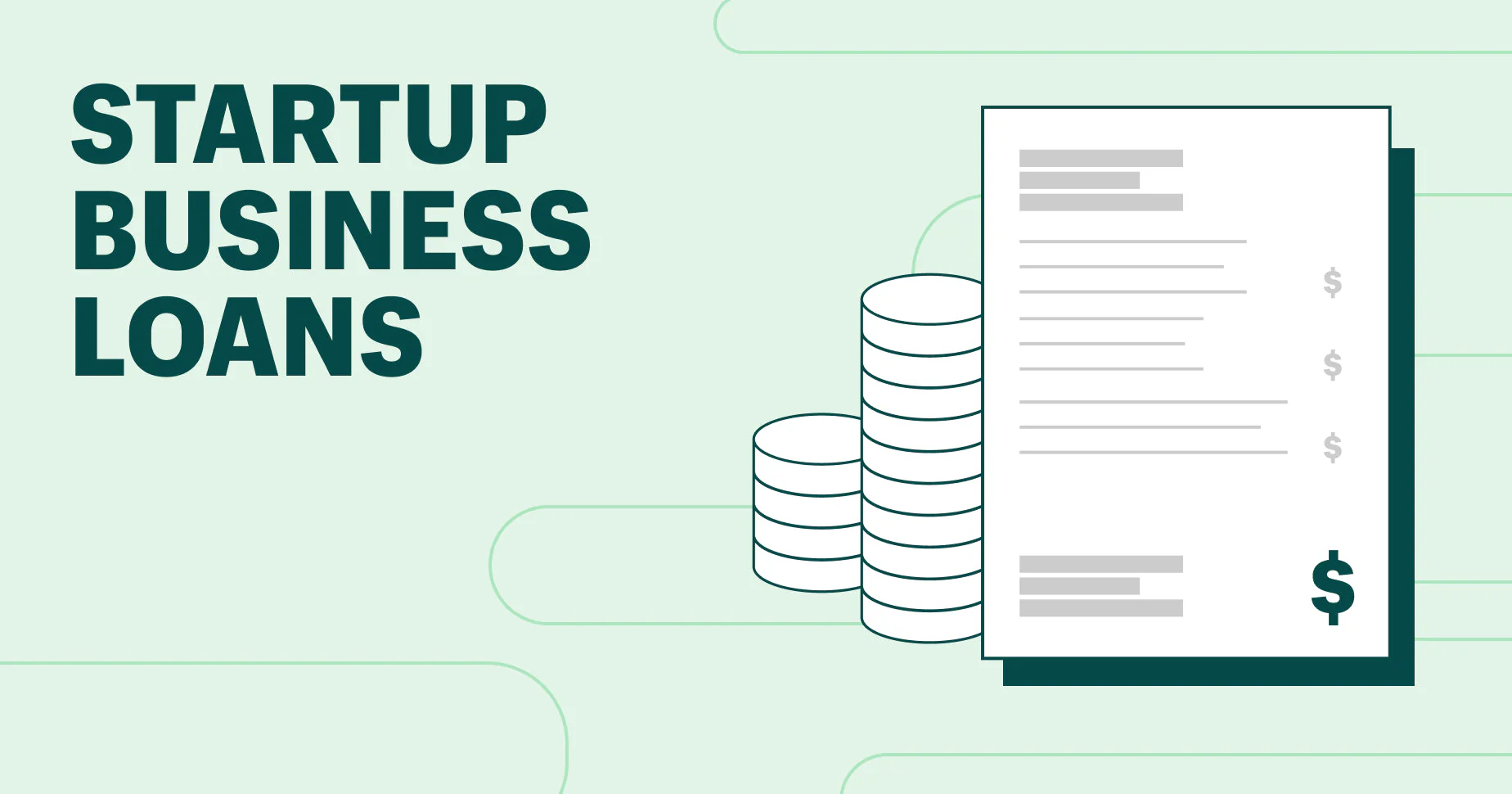Securing an auto loan is a significant milestone on the path to car ownership. In the Philippines, the two primary avenues for financing a vehicle are traditional banks and non-bank lending companies, which are often affiliated with car dealerships. While both can help you get on the road, their distinct business models result in key differences in interest rates, loan terms, and the application process. Understanding these variations is essential to making a sound financial decision that aligns with your personal circumstances and long-term goals.
The Traditional Path: Bank Auto Loans
For decades, banks have been the go-to choice for auto financing, and for good reason. They are renowned for their financial stability, robust lending protocols, and the ability to offer highly competitive terms. This section will delve into the primary advantages of securing a bank auto loan, as well as the demanding requirements you should be prepared to meet.
The Advantage of Lower Interest Rates and Favorable Terms
One of the most compelling reasons to choose a bank for your auto loan is the lower interest rate. Banks, as large and regulated financial institutions, operate on a scale that allows them to offer significantly more competitive rates compared to other lenders. This is because they have access to a large pool of funds at a lower cost. Their stability allows them to take on less risk, and they pass those savings on to the borrower in the form of reduced interest. Over the course of a multi-year loan, this can translate into substantial savings, making your dream car far more affordable in the long run.
The benefits of a bank loan extend beyond just interest rates; their loan terms are also typically more favorable. Banks often provide longer repayment periods, with most offering up to 60 months, and some even extending to 84 months for brand-new vehicles. This flexibility allows you to lower your monthly amortization, making it more manageable for your household budget. The entire process is also standardized and transparent, with a clear amortization schedule provided upfront, so you know exactly how much of each payment goes towards the principal and how much goes to interest. This transparency builds trust and empowers you to plan your finances effectively.
Choosing a bank for your auto loan also gives you greater control and flexibility. You can shop for the car you want from any dealership, as the bank’s financing is separate from your purchase decision. This allows you to negotiate the best possible price on the vehicle itself, without being limited to the financing options available at one specific dealership. With a bank loan, your relationship is directly with the financial institution. This direct line of communication ensures that you can address any concerns, inquiries, or payment arrangements with a dedicated financial partner, rather than a third party or a dealer.
The Stringent Approval Process and Higher Requirements
While the terms are appealing, qualifying for a bank auto loan can be challenging. The strict eligibility criteria are the primary hurdle for many applicants. Banks rely on a thorough risk assessment process, and they typically require a strong credit history, a stable employment record, and a consistent, verifiable source of income. They will meticulously review your Income Tax Returns (ITR), payslips, and bank statements to ensure you have the financial capacity to comfortably handle the loan repayments. For many, particularly self-employed individuals or those with a limited credit history, meeting these stringent requirements can be a significant obstacle.
In addition to strict income and credit checks, bank auto loans almost always require a higher down payment. The standard minimum down payment is 20% of the vehicle’s total price, with some banks requiring even more. This upfront cost can be a substantial financial burden. While it reduces the overall loan amount and your monthly payments, it can be a barrier for those who do not have a large amount of cash saved up. This higher initial investment is a key reason why many potential car buyers look for alternative financing options that offer lower cash-out promos.
The rigorous approval process also means that a bank auto loan is not a quick solution. The processing time can take several business days, and sometimes longer if additional documents or verification are needed. This lengthy waiting period can be a major disadvantage if you need to acquire a vehicle in a hurry. Unlike the rapid, on-the-spot approvals offered by some lending companies, a bank loan requires a careful, deliberate review of your financial profile. This makes it an impractical option for individuals who prioritize speed and convenience over the long-term cost of the loan.
The Convenient Route: Lending and Financing Companies
For those who find the bank’s requirements too strict or their process too slow, lending and financing companies offer a more accessible and streamlined alternative. These companies, often associated with car dealerships for “in-house financing,” have a business model built on quick approvals and minimal requirements. This section explores why this option is so popular, as well as the hidden costs that come with the convenience.

The Benefits of Quick Approval and Low Down Payments
The most attractive feature of a loan from a lending company is the fast and easy approval process. These companies have a less rigid screening process, which makes them more accommodating to applicants who may not have a perfect credit score or a long employment history. In many cases, you can get approved within a day or two, sometimes even within a few hours, allowing you to drive home in your new car much faster. This speed and convenience are invaluable for individuals who have an urgent need for a vehicle and cannot afford to wait for a multi-day bank approval.
Another major selling point of in-house financing is the availability of low down payment promotions. Car dealerships frequently advertise “zero down” or “all-in low down” deals to attract buyers. These promotions significantly reduce the initial cash outlay required to get a new car, making it accessible to a much broader range of the population. While these deals may seem too good to be true, they are a powerful marketing tool that allows borrowers to acquire a vehicle without needing a large amount of cash saved up. This flexibility is a game-changer for those who are struggling to save enough for a bank’s standard down payment.
The convenience of working with a lending company at a dealership cannot be overstated. The entire process, from selecting the vehicle to completing the loan application, happens in one location. The sales agent often acts as a liaison, handling most of the paperwork and liaising with the financing company on your behalf. This one-stop-shop experience eliminates the need to visit a separate bank branch, gather extensive documentation, and wait for a long approval process. This streamlined approach makes the car buying journey seamless and stress-free for the borrower, particularly for those who are new to the world of financing.
The Disadvantages of Higher Costs and Less Flexibility
The convenience and low down payments of lending companies come at a steep price: significantly higher interest rates. Because these lenders take on more risk by approving applicants with less-than-perfect financial profiles, they offset that risk by charging a much higher interest rate. This means that while your initial cash-out is lower, your monthly payments will be higher, and the total cost of the car over the loan term can be dramatically more expensive than a bank loan. It is crucial to look past the attractive low down payment offers and calculate the total amount you will be paying over the years to avoid being caught off guard by the final cost.
Another major drawback is the potential for less transparency and hidden fees. In the competitive world of in-house financing, the interest rate may not always be the only cost. The dealership may add a markup on the interest rate, or there may be other administrative fees that are not explicitly stated upfront. The lack of direct communication with the lender can make it difficult to get a clear and complete breakdown of all the costs involved. This can lead to a less transparent process where you might end up paying more than you initially expected, making it difficult to budget effectively for the long term.
Finally, in-house financing offers less flexibility in terms of car choice and negotiation. Your loan is tied to the dealership’s specific financing partner, which means you are locked into a deal with that particular dealer. You lose the ability to shop around and compare prices from different dealerships, which can put you at a disadvantage when it comes to negotiating the vehicle’s price. The convenience of a quick approval comes with the trade-off of having less control over the entire car-buying process, which can ultimately lead to a more expensive transaction than a well-planned bank loan.
Making the Right Choice for Your Situation
Choosing between a bank and a lending company for your auto loan is a personal decision that depends on your financial stability, your urgency, and your long-term priorities. There is no one-size-fits-all answer, and the best option is the one that best suits your current financial situation. This final section provides a guide to help you decide which path is right for you.
Choosing a Bank Loan: A Long-Term Financial Strategy
A bank loan is the ideal choice for individuals who are in a stable financial position and are prioritizing long-term savings. If you have a solid credit history, a steady job with verifiable income, and a significant amount of cash for a down payment, a bank loan is a smart financial move. The lower interest rates will save you a substantial amount of money over the years, which you can then invest in other aspects of your life. This option is for the disciplined planner who looks at the big picture and understands the value of a lower total cost.
This path is a smart financial strategy that can also benefit your future. By successfully repaying a bank loan on time, you are building a positive credit history, which will make it easier to secure loans for other major purchases, such as a home, in the future. The bank’s reputation and regulated environment provide a level of security and transparency that other lenders may not. For the borrower who values predictability, security, and the lowest possible total cost, a bank loan is undoubtedly the superior choice.
In summary, the ideal borrower for a bank loan is someone who is financially prepared and patient. They are willing to go through the more rigorous application process and make a larger upfront investment in exchange for the security of a reputable lender, a lower interest rate, and a more manageable long-term debt. They see their auto loan not just as a way to get a car, but as a strategic financial tool that supports their overall financial health. For this profile, the bank loan represents a responsible and cost-effective approach to car ownership.
Choosing a Lending Company: The Solution for Immediate Needs
On the other hand, a lending company is the perfect solution for those who prioritize convenience and accessibility. If you have a limited credit history, are self-employed with inconsistent income, or simply do not have enough cash for a substantial down payment, a lending company can make car ownership a reality for you. The promise of a low or zero-down payment can be a powerful incentive, especially if you need a car for work or family reasons and cannot wait to save up.
This choice is a pragmatic solution for individuals who need immediate access to a vehicle. The quick approval process allows you to get your car on the road as soon as possible, without the hassle and delay of a traditional bank application. While the interest rates are higher, the lower upfront cost makes it an accessible option. For many, the added cost over the life of the loan is a worthwhile trade-off for the convenience and the ability to start using their vehicle right away. This approach is for the borrower who values speed and is willing to pay a premium for it.
The ideal borrower for a lending company is someone who needs a car for urgent reasons and who may not qualify for a traditional bank loan. They are willing to accept the higher long-term cost in exchange for a streamlined and hassle-free process. They may see their loan as a temporary solution to a pressing need, with a plan to refinance in the future once their credit history and financial situation have improved. For this borrower profile, a lending company provides a valuable service by making car ownership a realistic goal.
Conclusion
Deciding between a bank and a lending company for your auto loan is not a simple choice, but an informed one. The best option is not the one with the lowest down payment or the fastest approval, but the one that aligns with your financial health and life goals. By carefully weighing the pros and cons of each option—the lower long-term costs of a bank loan versus the convenience and accessibility of a lending company—you can choose a path that empowers you to drive toward your future with confidence and financial peace of mind.













